|
|
|
|
Species Photo Gallery for Erythroneura festiva No Common Name 9 |
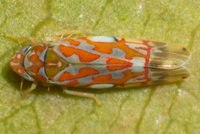 | Photo by: Scott Bolick
Wilkes Co.
Comment: | 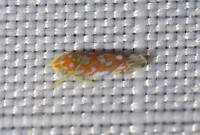 | Photo by: Rob Van Epps
Mecklenburg Co.
Comment: |
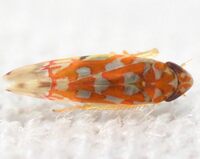 | Photo by: Kyle Kittelberger, Brian Bockhahn
Polk Co.
Comment: male, 2.7 mm | 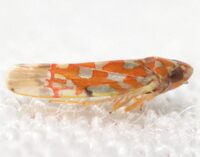 | Photo by: Kyle Kittelberger, Brian Bockhahn
Polk Co.
Comment: male, 2.7 mm |
 | Photo by: Kyle Kittelberger, Brian Bockhahn
Polk Co.
Comment: male, 2.7 mm |  | Photo by: Kyle Kittelberger
Wake Co.
Comment: mixed hardwood forest; male, 2.56 mm |
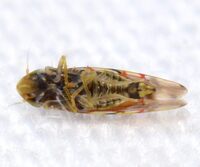 | Photo by: Kyle Kittelberger
Wake Co.
Comment: mixed hardwood forest; male, 2.56 mm | 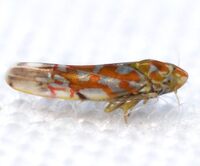 | Photo by: Kyle Kittelberger
Wake Co.
Comment: mixed hardwood forest; male, 2.56 mm |
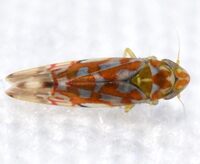 | Photo by: Kyle Kittelberger
Wake Co.
Comment: mixed hardwood forest; male, 2.56 mm |

 »
»
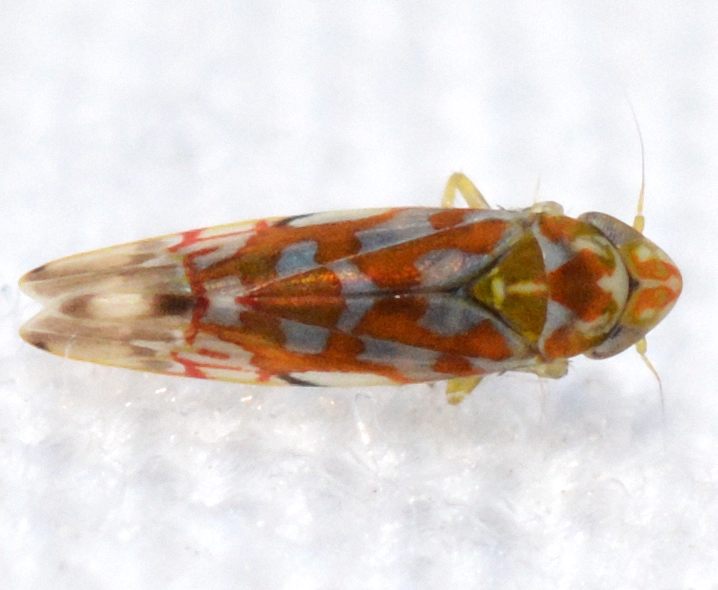

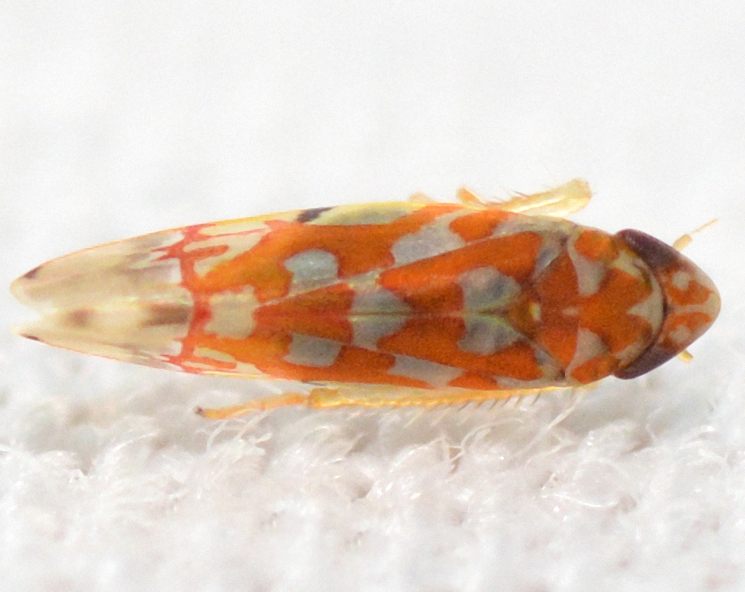

 »
»


